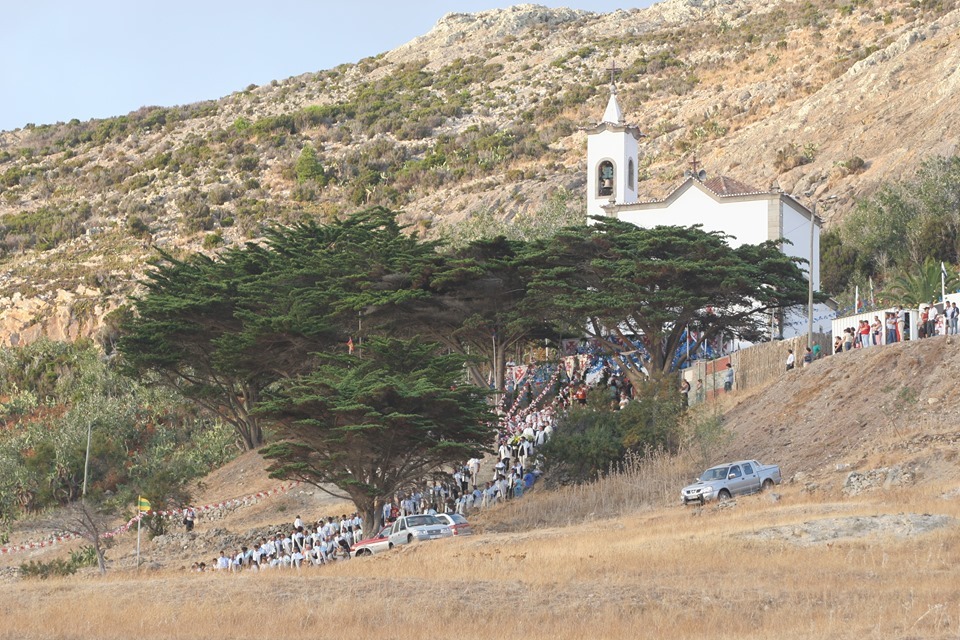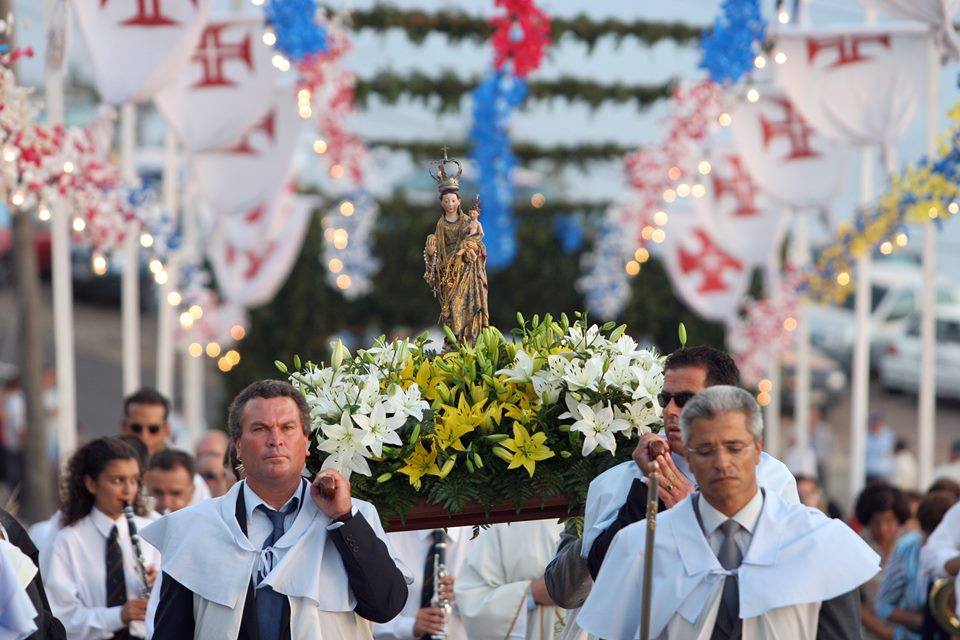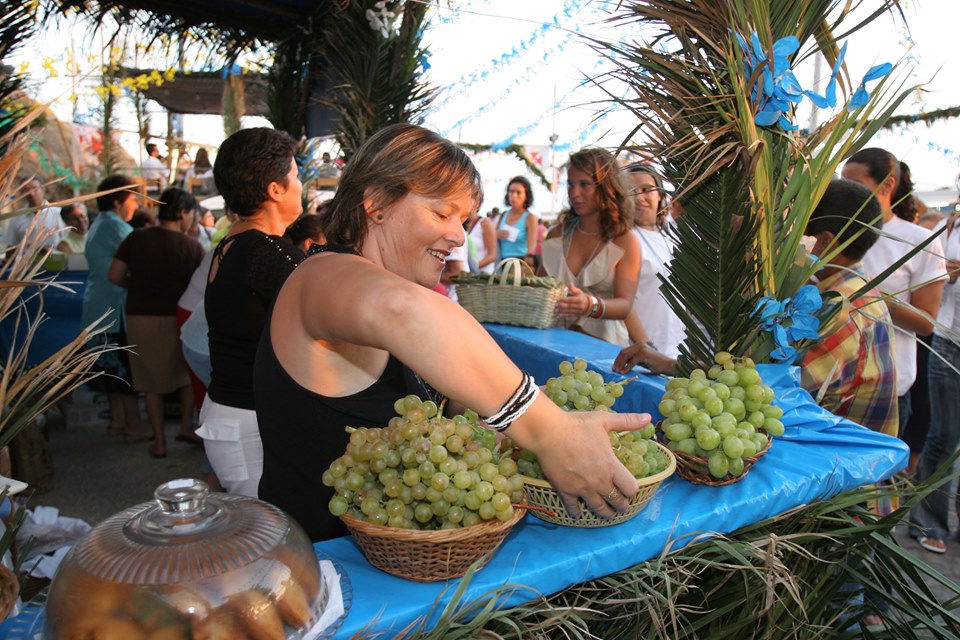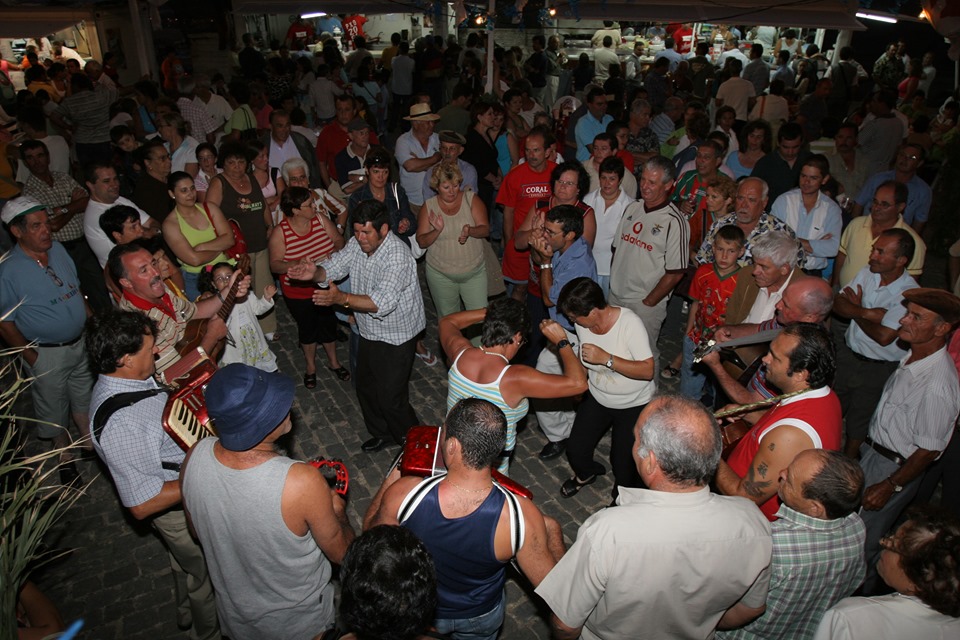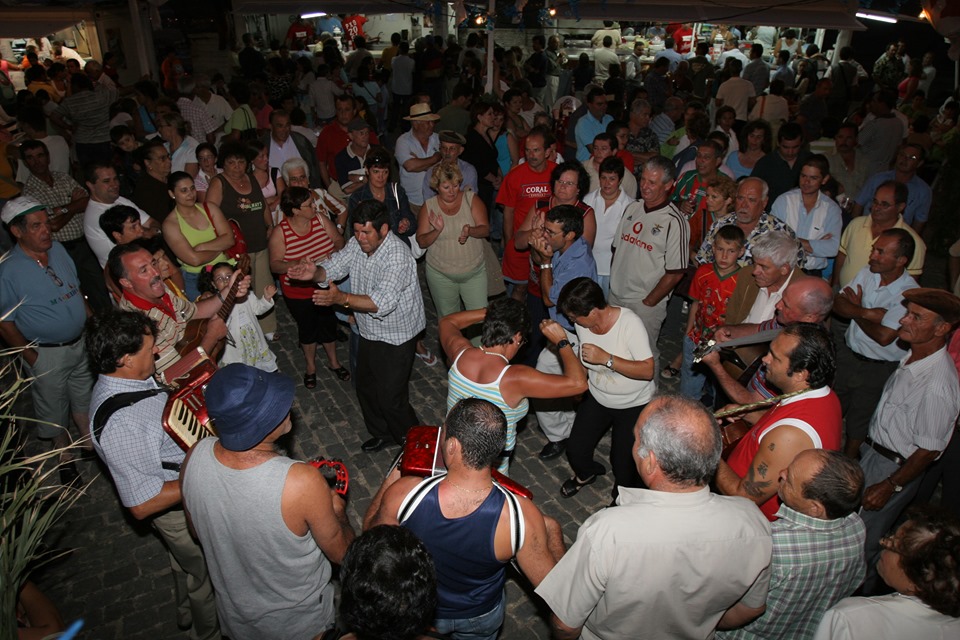As part of the project developed at the museum, which resulted in a temporary exhibition and the edition, in 2019, of the book Festas e Romarias da Madeira (Madeira´s Festivals and Pilgrimages) (No. 3 of our “Field note-books” collection), we decided to share different albums on our social network pages (Facebook and Instagram), with some images, that are part of this work. We will visit all the municipalities and publicize different festivities, trying to highlight some aspects that characterize them.
You can find more information about this and other festivities on the Museums’ Portal, or, when everything returns to normal, you can consult the book, which is available in the museum stores and the Madeira Culture Board.
This week, we present the Nossa Senhora da Graça Feast (Feast of Our Lady of Grace), which is celebrated on the island of Porto Santo.
In Portugal, the cult of Nossa Senhora da Graça dates back to the year 1362, when fishermen from Cascais launched their nets on Assumption Eve, promising to offer her all the fish they caught that day, as thanks for a plentiful year. When they collected the nets, they found that fishing had been abundant. Amongst the fish was an image of Our Lady with a Child in her arms. They took that gift as a grace from Heaven and started to call it “Grace”. They placed it in the Santo Agostinho Monastery, in Lisbon, which from then on became known as Igreja da Graça. From Lisbon, this cult spread throughout the country.
On August 15th, the day of Nossa Senhora da Graça is celebrated in Porto Santo, with the festival beginning on the eve of this date. This festival originates from a legend, which says that, by divine grace, an image of Our Lady appeared above a rock, just above a location called Casinhas. They took her to the Mother Church of Nossa Senhora da Piedade, but she reappeared in the place where she was found. It was then decided to build a chapel there.
The feast of Nossa Senhora da Graça takes place on August 15th around its chapel. In the past, people came on foot and those who lived farther away, came in ox carts decorated with arches and Giant reed leaves and mallows, or on donkeys.
The novena is celebrated on the eve. In the late afternoon, pilgrimages with offerings take place. In the past, these pilgrimages were held in various spots, but today, as there are not many offerings, people from various places, gather at the beginning of the slope of the chapel, and at the sound of a braguinha (traditional string instrument), accordion and viola, they sing songs while they drive towards the church, to deposit the products in the church bazaar. The offerings are then given to the people who buy raffles.
The next day, mass is held and then the procession takes place. The Confraternities of the Blessed Sacrament, Nossa Senhora da Graça and Nossa Senhora da Piedade form part of the procession. They also accompany the priests, the faithful, the children who have already celebrated their “First Holy Communion”, the scouts, the brass band and the civil and political entities. As the image leaves the temple, the bells are heard and, occasionally, the sound of the firework salutes. After the procession has returned to the church, the priest gives the blessing to the countless faithful.
During these two nights there is entertainment with music bands, food and drink stalls, where there is no shortage of wine and other drinks, bolo do caco (traditional flat bread), meat skewers and chicken on the grill. At midnight, it is time for the firework display.
PILGRIMAGES: In all parishes, religious celebrations or pilgrimages are celebrated, which are consecrated to God, the Holy Spirit, Our Lady and saints, represented by a relic or an image. They are distinguished from other religious festivals due to the “pilgrimages” which take place, better described as being the route taken by the faithful to the sanctuary, in the past on foot, through steep paths and shortcuts.
Usually these festivals are held on weekends and originate in a legend, or were introduced by the first colonizers, as they brought their devotion to saints along with them, making them patron saints of a certain locality.
The festivities have both sacred and profane characteristics. One and the other are the face and back of the same coin.
Among the sacred rituals, the celebration of novenas are also held (nine masses, which take place daily, until the day before the main celebration), along with confessions, mass and the procession. Inside the church, the believers usually kiss the saint which is being celebrated, in a kind of propitiatory blessing, symbolizing the acceptance of his miraculous power, while they keep to and make promises, in a quest for protection of their daily lives.
The festivity also includes the profane side, that is, the arraial, as it is popularly known. It is here where you dance, sing, eat, buy or sell, date, etc.
On those days, the church and surroundings are decorated with plants, namely laurel, myrtle, boxwood and broom, as well as lights, flowers and flags.
One or more popular music bands play in the streets, making intervals coinciding with the musical and folk groups.
There are also groups of improvised music players, who alternate a motto between themselves, or who sing to an improvised singing challenge (despiques), to the sound of the reco-reco, castanets, harmonica, brinquinho (traditional folk music instrument), accordion and the string instruments: rajão, braguinha and guitar.
Graphic cover design: Márcio Ribeiro.
Credits: Madeira Ethnographic Museum.

